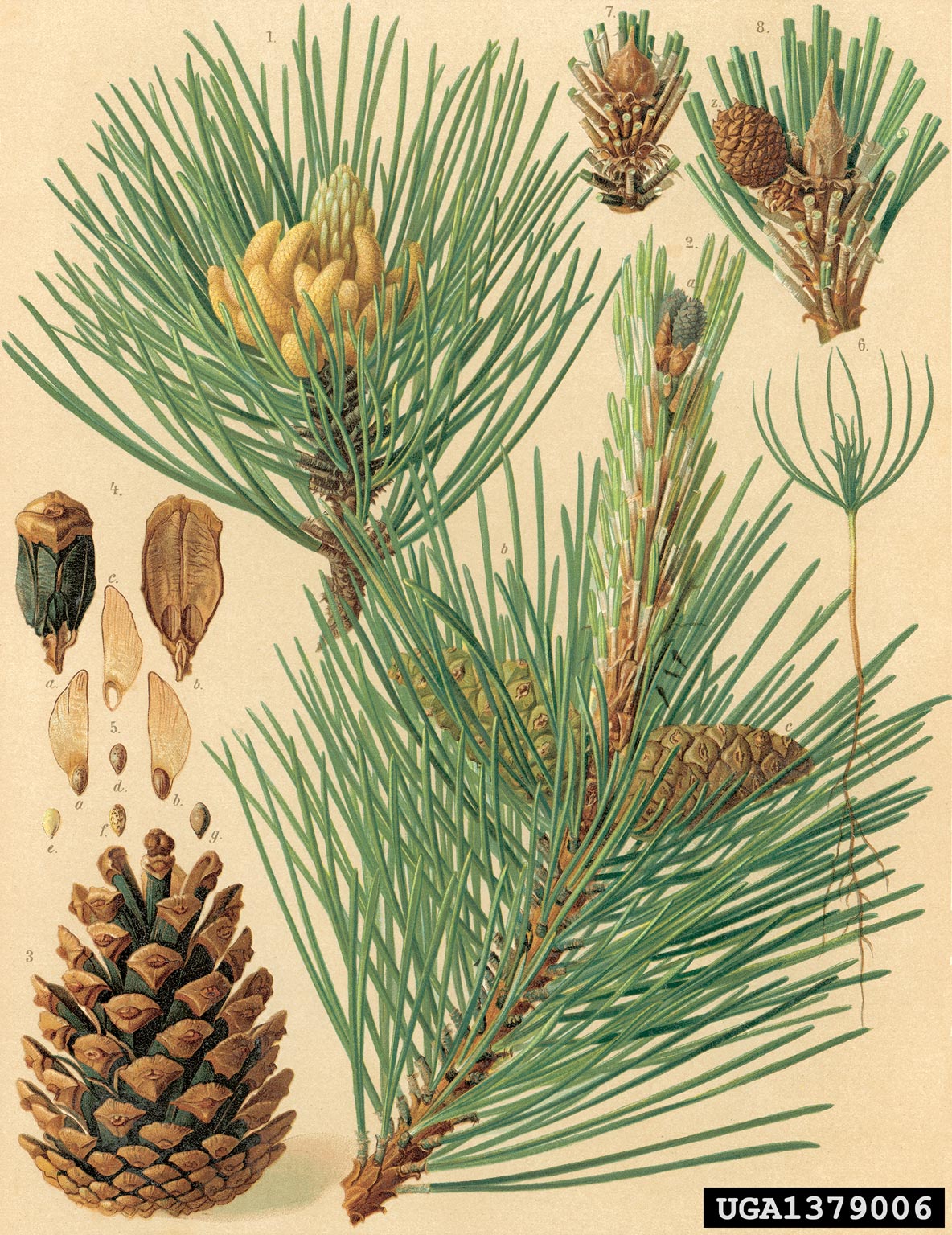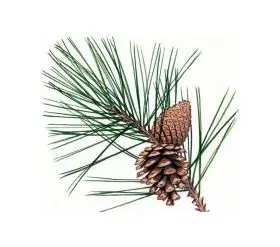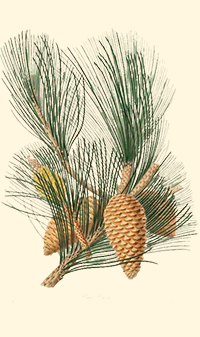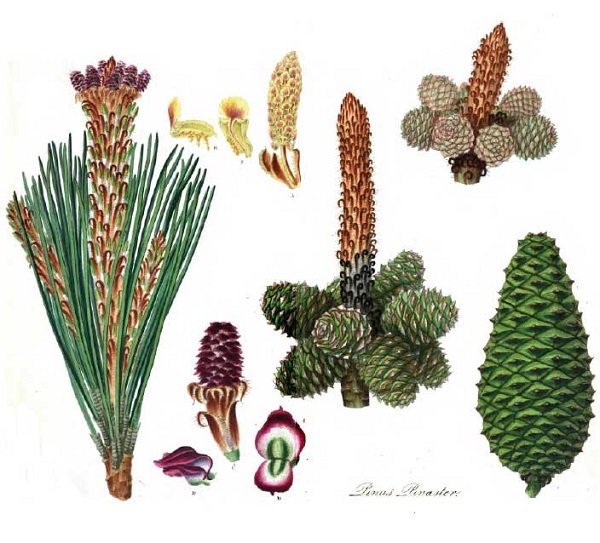The Italian landscape is frequently 'spotted' by coniferous nuclei that stand out, especially in winter, inside the mantle of broad-leaved woods. These are the result of the so-called 'reforestations', carried out from the late nineteenth century until the 70s of the last century.
With the first Italian Forest Law (n. 3917 of 20th June 1877) the start is given to such reforestation interventions in order to 'ensure the consistency of the soil and regulate the flow of water'. The plants have occurred on both private and public property.
In the lower Casentino (where the town of Capolona falls) these nuclei are mainly pine forests composed of black pine (Pinus nigra) and maritime pine (Pinus pinaster).
The reforestation was carried out with the aim of restoring the forest cover on soils with poor fertility or where there was an excessive use of soil. This activity has been very intense, especially in the Apennine Italy and has been the main active intervention of forestry policy in Italy.
Reforestation also had economic and social aims, creating employment in disadvantaged areas and encouraging woodland production.
The main aim of this policy was to curb hydrogeological instability in degraded and heavily eroded areas. The reforestation had to be followed by the 'renaturalization', that is the substitution of the conifers with native species; there was the assumption that the artificial system would lead to the constitution of a more natural wood, able to be independently perpetuated. The pine forests had high densities (2.000-2.500 plants per hectare) to ensure in a short time the forest cover; to achieve this, pioneer species have been used that take root well even on very arid and very poor soils. The management of these artificial woods forested thinning to encourage the entry of local plants and a subsequent cutting of conifers. These training courses are often semi-abandoned and have been the subject of sporadic interventions.
These are very simplified systems that have characteristics of poor naturalness in terms of structure, organization, functionality and resilience.




